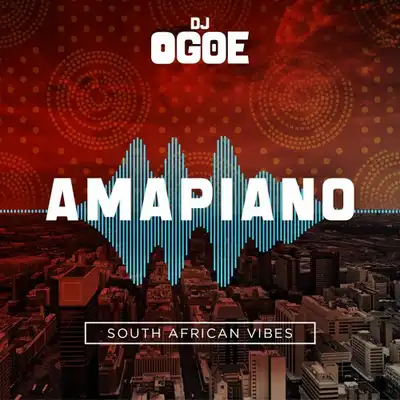Who Started Amapiano In South Africa?

What Is Amapiano?
The house music genre known as Amapiano, which is isizulu for “pianos,” first appeared in South Africa in 2012. Synthesizers, light pads, and broad percussive basslines distinguish this deep house, jazz, lounge, and disco fusion of music. It is characterized by high-pitched piano melodies, Kwaito basslines, slow-tempo South African house rhythms from the 1990s, and Bacardi percussion from another local house style.
Origins Of Amapiano in South Africa
There is a lot of confusion and disagreement around the genre’s roots, with differing descriptions of the musical genres in the Johannesburg slums of Soweto, Alexandra, Vosloorus, and Katlehong. Nevertheless, the genre acquired popularity in Katlehong, the township to the east of Johannesburg. Some claim the genre originated in Pretoria due to its resemblance to Bacardi. Although there are many songs that closely resemble disco music, it is impossible to definitively identify the person(s) who created the famous genre.
Composing The Amapiano Songs
The collaborative use of repeating piano chords that are played one after another and resemble piano sounds from the Disco era of music, which was prominent in the 1970s and 1980s with musicians like band Splash and had hit songs, are key components of the genre. Successful songs including Peacock, God of Mercy by Dalom Kids, and Glad by Patricia Majalisa, to name a few, as well as the recently popular “log drum,” which has been credited to Mdu alias TRP.
Who Started Amapiano In South Africa?
Although there is ongoing discussion regarding the genre’s precise beginnings, most artists concur that it began in the Gauteng province of South Africa, specifically in the townships of Johannesburg and Pretoria, around 2012. Amapiano was essentially a consequence of house tracks being manipulated by being slowed down to a lower BPM, much like its forebears. Many purists used to avoid the sound and its sonics because it was an unconventional outgrowth of soulful and deep house in its early stages. Some claim that the name “amapiano” originated as a parody of the ubiquitous early piano/organ solos and licks. Fans of the sound formerly referred to it as i-number, which roughly translates to “a fantastic track,” before the moniker caught on.
- Is ACCA Worth it in South Africa?
- How to Write a Will in South Africa?
- How to Withdraw From Paypal in South Africa?
- How to Sue Someone in South Africa?
- How Much Is a Liquor License in South Africa?
- How Long Does A Criminal Record Last In South Africa?
- How Is Women’s Day Celebrated In South Africa
- How Effective Is E-Commerce In South Africa?
How Amapiano Became Popular?
Despite all odds, amapiano gained popularity in the Katlehong, Soweto, Vosloorus, and Alexandra neighborhoods. Future-thinking producers then started to create their own syncopated, mid-to-downtempo broken beats shortly after. Rattling shakers, brilliant synths, throbbing percussion, jazzy chord progressions, and hazy basslines frequently served as the foundation for the compositions.DJ/production team MFR Souls (Maero and Force Reloaded, widely recognized as the genre’s forefathers) later became well-known for their original compositions in addition to their groundbreaking Musical Experiences mix series and live performances (which included live piano improvisations). Other equally brilliant and creative producers like Calvin Fallo, Josiah De Disciple, Gaba Cannal, Kota Embassy, and Kabza De Small were there with them.
Is Amapiano For The Future?
One thing is certain: the success of the genre has had an impact on the South African music industry, whether Amapiano is a genre that will stick around or develops into yet another new sound. According to Oskido, “(Amapiano) has revolutionized the way the record business operates.” “You don’t need all these massive businesses; social media has evolved into virtual radio stations in recent years.” No matter where listeners are located, platforms like Spotify, YouTube, and TikTok—which saw an increase in users during the pandemic—push the supply of music to them. The South African market alone had a 622% rise in streaming of Spotify’s top Amapiano playlist in 2021, while the UK and US came in second and third place, respectively, for the number of streams of that same playlist.
Share This




